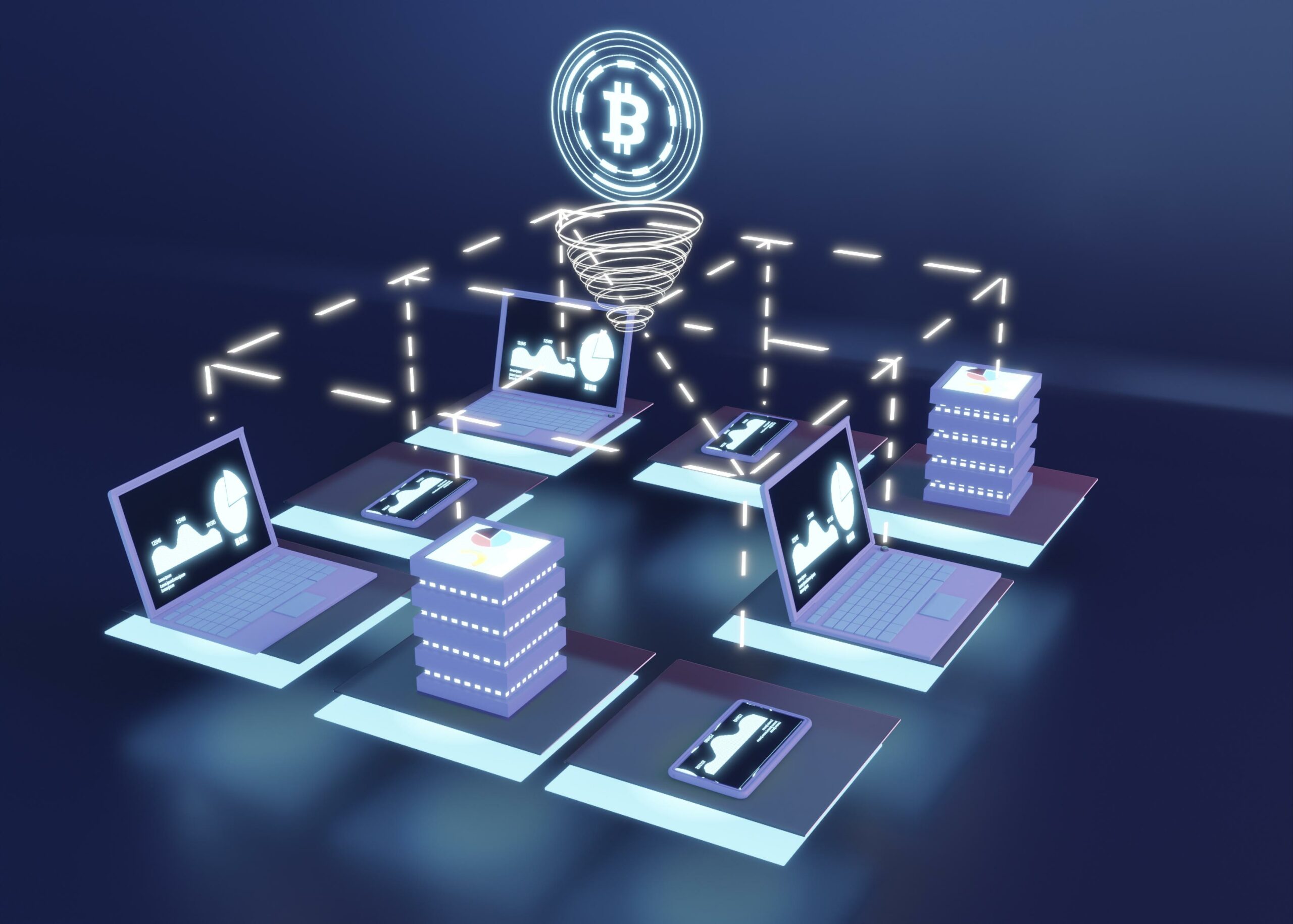Underdevelopment remains one of the major issues in many remote regions around the world. These areas, often far from urban centers, face specific economic challenges that hinder growth and limit opportunities for their populations. Therefore, understanding these challenges is essential to propose sustainable and suitable solutions.
Geographical Isolation: A Barrier to Development
Remote regions mainly suffer from their geographical isolation. In particular, limited access to roads, transportation, and infrastructure complicates the movement of goods and services. For local businesses, this results in high costs and difficulty reaching new markets. Similarly, for residents, it reduces access to basic services such as education, healthcare, and technology.
Limited Access to Resources and Services
In these areas, access to financial resources, credit, and government aid is often restricted. As a result, small businesses struggle to grow due to lack of financial support. Moreover, essential services such as hospitals, schools, and communication facilities are insufficient, which reinforces the vicious cycle of underdevelopment.
Low Economic Diversification
The economies of remote regions often rely on a limited number of activities, such as agriculture or fishing. Consequently, this lack of diversification makes them vulnerable to market fluctuations and natural disasters. Without proper infrastructure and technical support, creating new industries or stimulating local innovation is difficult.
Migration and Brain Drain
The lack of opportunities pushes many young people to leave their region in search of work elsewhere. This migration, therefore, results in a loss of skilled labor and further slows local development. Remote regions thus find themselves trapped in a cycle where poverty and underdevelopment reinforce each other.
Possible Solutions
To overcome these challenges, several actions can be considered:
-
Investing in infrastructure: roads, electricity, internet, and suitable transportation.
-
Supporting local businesses: microloans, training, and technical assistance.
-
Economic diversification: promoting new activities and valuing local resources.
-
Encouraging education and training: to retain talent and stimulate innovation.
In conclusion, the underdevelopment of remote regions is a complex phenomenon, driven by isolation, lack of infrastructure, and low economic diversification. Thus, an integrated approach combining investment, support for local populations, and local innovation is necessary to achieve sustainable and equitable development.
